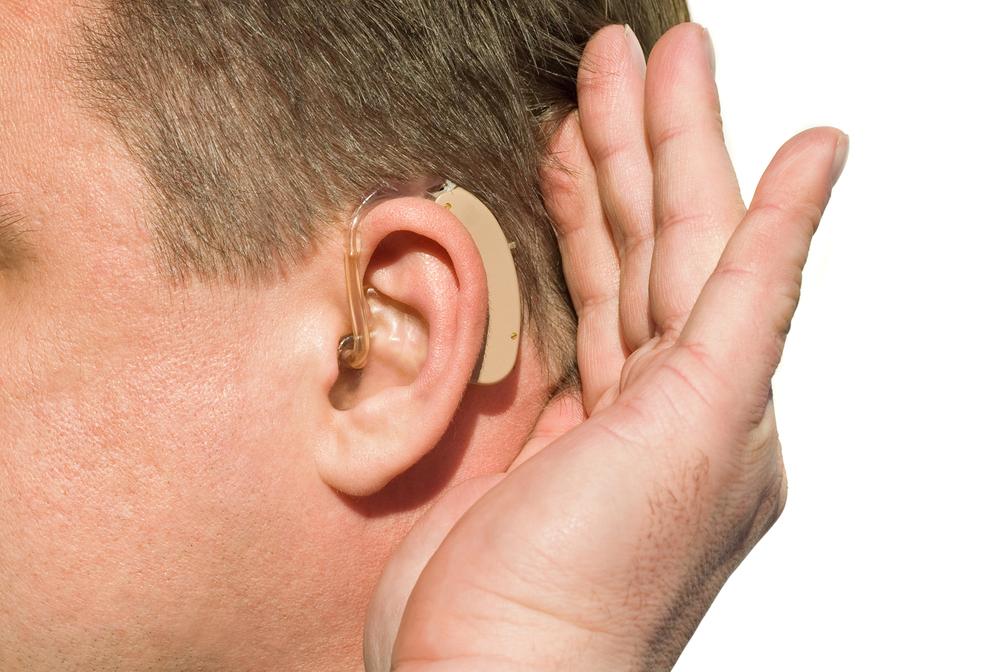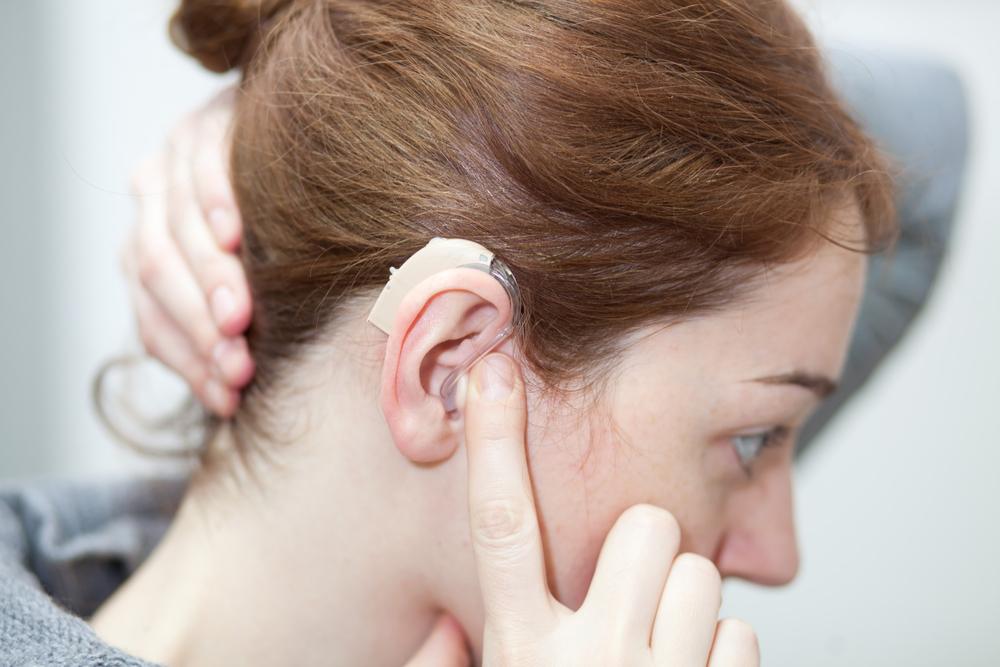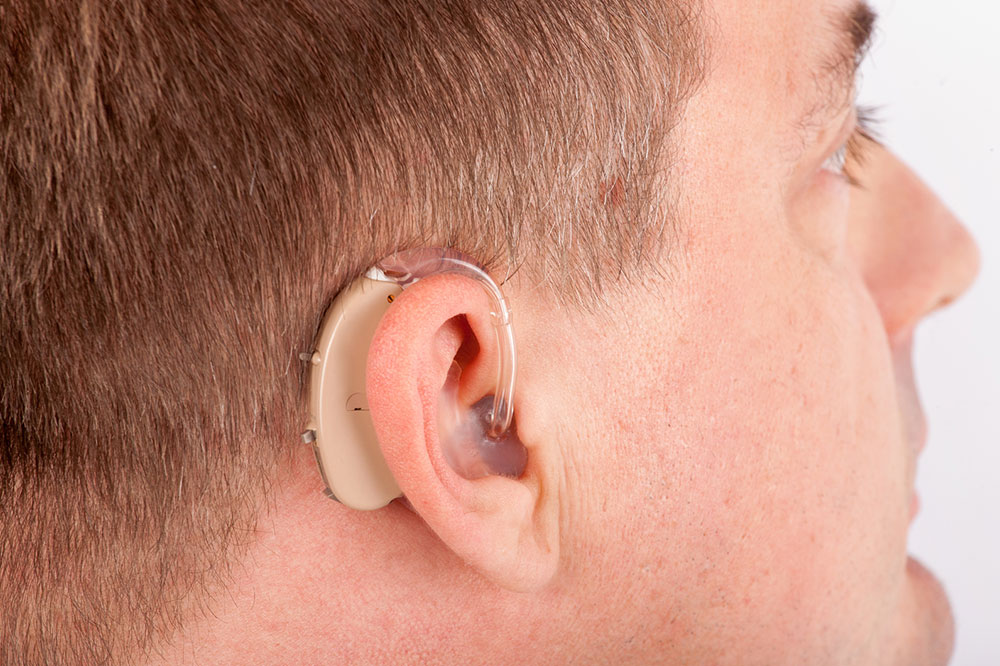Comprehensive Guide to Selecting the Ideal Hearing Aid for Your Specific Needs
This comprehensive guide provides detailed steps to help you select the perfect hearing aid tailored to your specific needs. From professional assessments and live demonstrations to evaluating features and understanding documentation, these expert tips ensure you make an informed decision. Investing in the right hearing device can greatly enhance your quality of life by improving sound clarity and communication. Learn how to choose a comfortable, effective, and durable hearing aid that fits your lifestyle, and get the most value for your investment with this in-depth resource.

Comprehensive Guide to Selecting the Ideal Hearing Aid for Your Specific Needs
Choosing the most suitable hearing aid is a vital step toward improving your quality of life if you’re experiencing hearing difficulties. A well-selected hearing device can restore clarity to your hearing, enhance communication, and allow you to engage fully with your environment. Given the investment involved in purchasing hearing aids, it is essential to understand the factors that contribute to making an informed decision. This detailed guide provides you with expert tips and insights to help you identify, evaluate, and select the most appropriate hearing aid tailored to your unique hearing profile and lifestyle requirements.
Hearing impairments can vary significantly from person to person, so a one-size-fits-all approach often doesn’t work. To ensure you get the best possible outcome, it is recommended to start the process with a professional assessment. From understanding different hearing aid features to navigating the various options available in the market, this comprehensive overview aims to equip you with the knowledge needed to make confident decisions, optimize your investment, and improve your auditory experience.
Step 1: Seek a Professional Audiological Evaluation
The journey to the right hearing aid begins with a thorough evaluation conducted by an audiologist or ear, nose, and throat (ENT) specialist. This assessment takes place in a controlled, soundproof environment to accurately measure your hearing capacity across different frequencies and volumes. The audiologist will analyze your hearing thresholds and profile your auditory deficiencies to determine the severity and nature of your impairment.
This vital step provides a clear understanding of your specific hearing challenges, guiding the selection of appropriate devices. It also helps to identify whether additional medical interventions might be necessary before opting for a hearing aid. Remember, every individual’s hearing loss pattern is unique, and a tailored approach ensures the device you choose truly aligns with your needs.
After completing the evaluation, your healthcare professional will recommend one or more hearing aid options based on your test results. This personalized recommendation aims to optimize your hearing experience and comfort, considering factors such as your lifestyle, environment, and specific auditory demands.
Step 2: Experience a Live Demonstration of the Hearing Devices
Once your healthcare provider recommends suitable hearing aids, the next step is to trial these devices in real-world settings. Request a live demonstration to understand how the device functions and to ensure it meets your expectations. Many modern behind-the-ear models can be programmed with your hearing profile and come with disposable ear tips, allowing you to test their performance in everyday situations.
During the trial, pay attention to the comfort level, ease of operation, and sound quality. Hearing aids are customized devices, so experiencing them firsthand helps you evaluate whether the device enhances speech clarity, reduces background noise, and suits your personal preferences. Don’t hesitate to ask questions about how to adjust settings, recharge batteries, or utilize additional features during this trial phase.
Step 3: Consider Essential Accessories and Features
Modern hearing aids often come equipped with an array of optional features designed to improve functionality and user convenience. When exploring options, consider accessories such as directional microphones, which help focus on specific sound sources amidst noise, and telecoils, which facilitate clear phone communication without background interference.
Wireless technology has become increasingly popular, enabling seamless connectivity with smartphones, televisions, and other devices. This can dramatically enhance your auditory experience, especially during media consumption or calls. Determine which features align with your lifestyle — for example, if you frequently watch TV, a model with TV streaming capabilities might be ideal.
Additionally, some hearing aids include environmental adaptation features that automatically adjust amplification levels based on ambient sounds, and remote control compatibility for effortless adjustments. Carefully reviewing these features ensures your device not only improves hearing but also integrates smoothly into your daily life.
Step 4: Understand the Importance of Documentation and After-Sales Support
Before finalizing your purchase, request comprehensive documentation related to the hearing aids. This includes hard copies of your purchase invoice, warranty agreements, and claim forms. Clear documentation safeguards your investment by clearly specifying the model number, warranty duration, costs involved, and refund or replacement policies.
Having detailed records streamlines the process if you encounter issues or need repairs in the future. It is also essential for understanding warranty coverage and eligibility for free adjustments or maintenance services.
Choose a reputable provider who offers ongoing after-sales support, including regular check-ups, programming adjustments, and repair services. Proper aftercare ensures your hearing aid remains functional, comfortable, and effective over its lifespan.
Additional Tips for Making an Informed Decision
Compare Multiple Brands and Models: Take the time to review various options from different manufacturers. Look for models that have positive user reviews, reputable brand history, and features that match your preferences.
Assess the Cost and Budget: Hearing aids can vary significantly in price. Establish a budget that considers potential accessories, maintenance, and future upgrades. Remember, investing in a quality device can lead to better long-term satisfaction and fewer repairs.
Prioritize Comfort and Fit: Since hearing aids are worn daily, comfort is crucial. Ensure that the recommended device comes with adjustable fittings and is suitable for your ear shape and size.
Consult with Your Healthcare Provider: Maintain open communication with your audiologist or ENT specialist throughout the process. Their expertise can guide you toward the best choices based on your medical history and lifestyle needs.
In conclusion, selecting the right hearing aid involves a combination of professional evaluation, hands-on testing, careful consideration of features, and thorough understanding of documentation. By following these comprehensive steps, you can find a device that significantly improves your hearing experience, fits your lifestyle, and provides long-lasting value. Empower yourself with knowledge and expert guidance, and enjoy clearer, richer sound in your everyday life.




